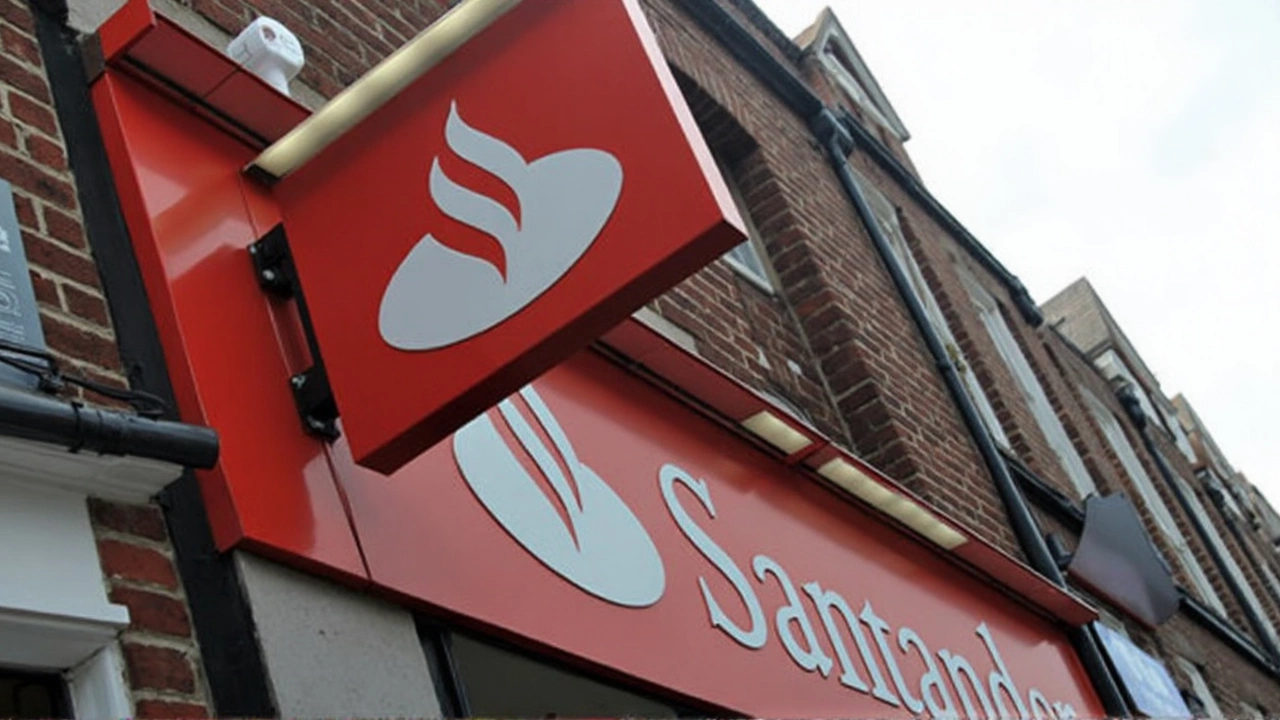Branch Closures: What’s Happening and How to Keep Playing
If you’ve noticed a sudden "Closed" sign on your favourite coaching centre, you’re not alone. Across New York, a wave of branch closures is reshaping where and how athletes train. The reasons range from rising rent costs to pandemic‑induced budget cuts, and each closure can throw a wrench into your routine. But don’t panic – there are ways to stay on track and still get the coaching you need.
Why Are Coaching Branches Closing?
First off, let’s break down the big drivers. Property prices in Manhattan and Brooklyn have skyrocketed, making it hard for small‑scale gyms and academies to afford lease renewals. At the same time, many organisations are tightening their belts after losing revenue during the COVID‑19 shutdowns. Some branches also close because the parent club consolidates resources, moving coaches to larger, multi‑sport hubs that can offer more classes under one roof. The bottom line: it’s a mix of economics and strategy.
What This Means for You
When a branch shuts its doors, you might lose your regular training slot, meet new teammates, or even your favourite coach. That disruption can feel personal, especially if you’ve been training there for years. The good news is that most clubs don’t abandon their members. They’ll usually redirect you to the nearest location, offer virtual sessions, or provide a refund for prepaid packages. Always read the email or notice from the club – they’ll outline the exact steps they’re taking.
Here’s a quick checklist to follow as soon as you hear about a closure:
- Check the club’s website or social media for an official announcement.
- Contact the club’s support line – ask about alternative venues or transfer options.
- Ask if any coaches are moving to another branch and if you can keep your current training plan.
- Look for nearby community centres or school gyms that have partnered with the club.
- Consider switching to online coaching if in‑person options are limited.
Doing these things quickly helps you avoid gaps in your training schedule and keeps your progress steady.
Another angle to think about is the chance to try something new. A different facility might have better equipment, more varied class times, or a stronger focus on your specific sport. Use the transition as an opportunity to broaden your skill set, meet fresh faces, and maybe even find a coach who pushes you harder.
If you’re worried about travel time, map out the new location using Google Maps and look for public‑transport routes. Many clubs offer discounted transit passes for members, so ask about any perks that could offset a longer commute.
For those who prefer staying at home, the rise of virtual coaching has been a game‑changer. Platforms like Zoom, TeamUp, and Coach’s Corner let you get real‑time feedback while you work out in your living room or garage. Some clubs even bundle virtual sessions with in‑person classes, giving you the best of both worlds.
Finally, keep an eye on NY Sport Coaching Hub’s tag page for “branch closures.” We update the list as soon as we hear about changes, and we’ll point you to the closest alternatives in the city. Bookmark the page, sign up for our newsletter, and you’ll never be left in the dark again.
Branch closures can feel like a setback, but with the right info and a bit of flexibility, you can keep hitting your goals. Stay proactive, ask questions, and use the resources we provide to stay on the field, the court, or the track. Your sport journey isn’t tied to a single address – it’s about the dedication you bring, no matter where you train.
Kieran Lockhart, May, 3 2025
Santander UK Scrambles to Manage Fallout After Plans to Close 95 Branches Spark Public Outcry
Santander UK is boosting financial provisions as it faces criticism for shutting down 95 branches, a move affecting 750 jobs and raising concerns about access to banking. The bank plans new community banker roles and more shared banking hubs to balance digital growth with the need for local services.
View More




